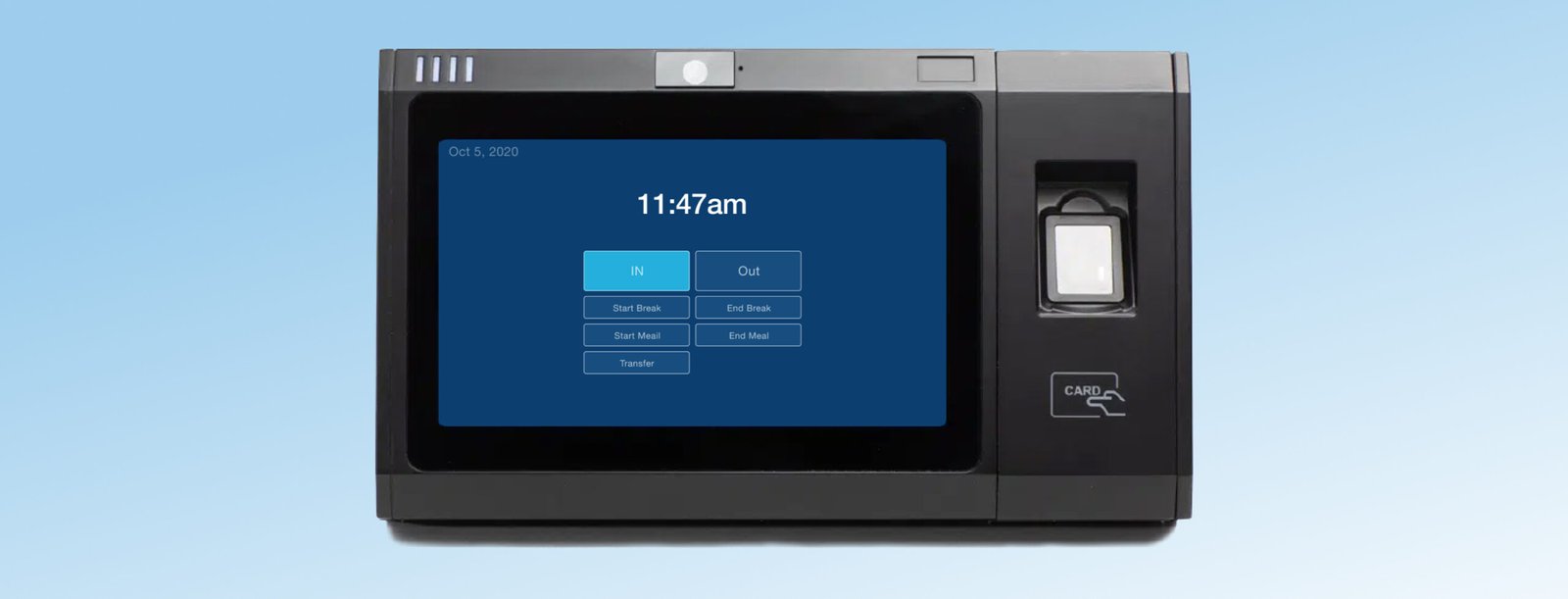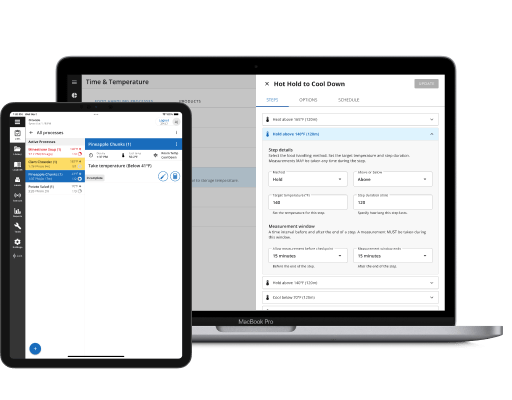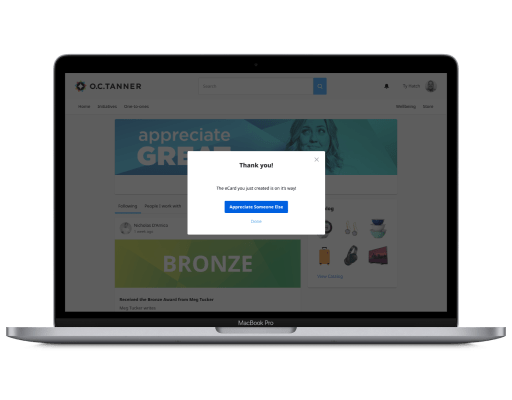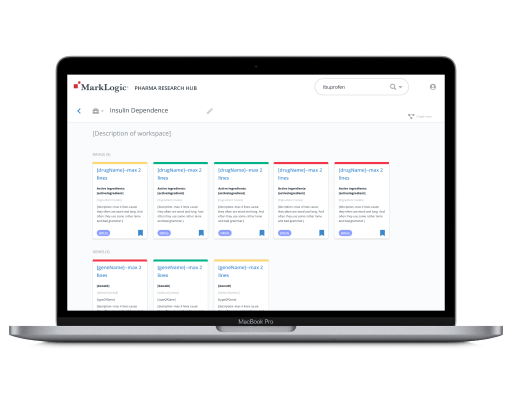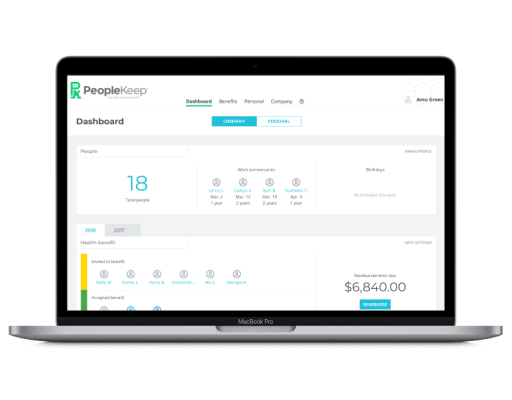High-stakes innovation under the C-suite spotlight
Historically, small business owners can bleed money from inaccurate timekeeping and payroll fraud. Employees always want a faster way to clock in and out. I helped lead the charge to solve these problems with one innovative device.
Our answer? TimeWorks Touch, a biometric time clock that would revolutionize workforce management. This highly visible project drew direct feedback from the CTO, CEO, and VPs of Sales and Marketing, underscoring its strategic importance to the company.
Cross-functional collaboration drives innovation
Despite tight deadlines and budget constraints, our lean cross-functional team dove deep into user research. As Lead UX Designer, I orchestrated collaboration between product management, engineering, sales, and marketing. Our team consisted of one product manager, three front-end engineers, and three back-end engineers.
I led rapid prototyping sessions, translating complex user data into actionable insights for our diverse team. This cross-functional approach yielded key innovations:
- Intuitive touchscreen mimicking smartphone simplicity
- Advanced fingerprint recognition for fraud prevention
- Seamless integration with existing SwipeClock software
- Flexible architecture supporting various authentication methods (including legacy swipe cards)
- On-device functionality for easy onsite setup by resellers
- Remote administration capabilities for effortless management
From concept to market-leading device
Working closely with our engineering team, we built the clock on an Android-powered device, giving us full control over inputs and functionality. This collaborative approach allowed us to:
- Support both WiFi and wired connections (a first for SwipeClock)
- Implement biometric technology alongside traditional swipe card support
- Create a flexible platform for future enhancements
- Enable remote administration for streamlined management
Our cross-functional team’s synergy, coupled with valuable input from top executives, led to impressive outcomes:
- Established a multi-million dollar revenue stream
- Cut customer payroll expenses by 10%
- Optimized clock-in processes during rush hours
- Enabled two private equity acquisitions
- Secured pre-orders through strengthened relationships with third-party resellers
Lessons in cross-functional innovation
- Cross-functional teams drive comprehensive innovation
- High-level visibility can accelerate decision-making and resource allocation
- User research remains crucial, even with limited resources
- Effective UX leadership bridges gaps between different departments
- Flexible architecture ensures long-term product viability
- Addressing pain points for all stakeholders creates winning solutions
- Balancing new technology with legacy support eases market adoption
TimeWorks Touch—now SwipeClock Touch—proves that when innovative design aligns with cross-functional teamwork and executive support, the result can reshape an entire market landscape. As the Lead UX Designer, I played a pivotal role in coordinating diverse expertise to transform a strategic vision into a market-leading product.
